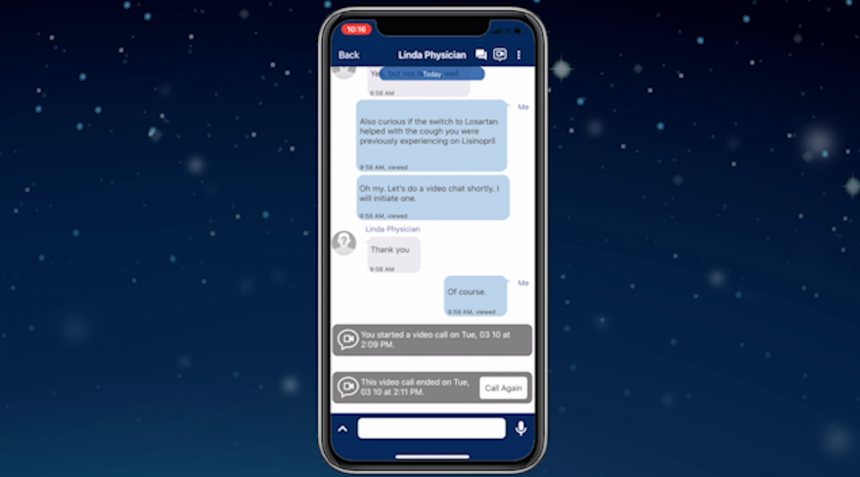Patients, doctors still learning the ropes of telemedicine

YUMA, Ariz. (KYMA, KECY) - Telemedicine has taken off during the COVID-era, making it safer for doctors and patients to communicate.
However, some significant struggles could take time to resolve or be challenging to work through.
Doctors like Dr. Kristina Diaz, Chief Academic Officer with Yuma Regional Medical Center (YRMC), can follow up with lab results or check-in with diabetic patients while using telemedicine, an effective way to video chat without taking the chance of either party exposing the other to COVID.
But all this innovation comes with technical difficulties.
Some patients aren't as tech-savvy or have never used video conferencing before.
In the meantime, it is an alternative to in-person doctor's visits.
"We're able to follow up. How are they adhering to the treatment recommendations, how are they taking their medications, how are things going at home? We can make adjustments to any and all of those virtually," Dr. Diaz explained. "I can still send out prescription medications."
Doctors can still diagnose their patients, send out treatment plans, and write prescriptions once everyone gets past the technical issues.
Lloyd Rain, a YRMC Family Medical Center patient, says he is grateful fo the alternative, but the technical issues are the biggest bump in the road.
"We haven't gotten near perfection on video conferencing. Those are the bothersome things," Rain stated. "The other thing that should be mentioned is when there's a need for any kind of examination, video loses its value."
Video and photo quality is sufficient but doesn't compare to an in-person examination, making it a little more difficult to diagnose.
Rain says he has received great assistance using telemedicine, but technology has a long way to go before it's up to par.
"We should just be able to push one button, and bingo! It happens," Rain said. "And, I'm sure we'll get there, but right now, we're not there yet."
Even though it's not perfect, Dr. Diaz says it's better than losing sight of your health.
"What we don't want to happen is during this time of COVID is for our patients to just be silent with their provider," Dr. Diaz stated. "We want them connecting with us, still following up with their chronic illnesses, still being sure their preventative care is being attended to."
There are a variety of platforms doctors can use to stay in touch with their patients. Meeting from home can sometimes make it easier because patients already have their medication and treatment right in front of them.
